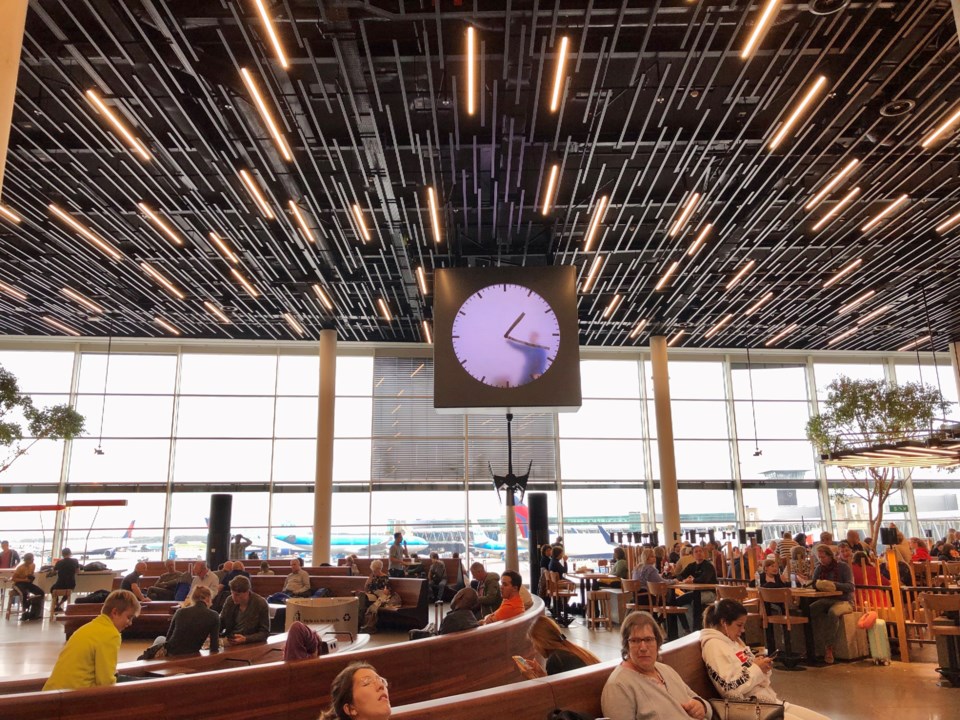Alberta will announce this week whether it has decided to stick with one time zone through the entire year, or if it will continue to move its clocks back in the fall and ahead in the spring as it has historically been doing.
Meanwhile, most of us are preparing for that regular change back from Daylight Savings Time to standard time with a 25-hour day on Nov. 7, as Canadians have been doing for the most part for the past century.
Last week, Albertans headed to the polls for a provincewide municipal election. In addition to voting for their next local council they were asked a question in a referendum on time change. The results, expected to come today, will be of interest not just to the folks in Alberta, but also to jurisdictions across North America, particularly to the neighbouring states and provinces.
The discussion about which time is on our side has been gaining more steam with the ticking of the clock. And some areas have moved ahead — or stayed back — with one time or another.
Yukon permanently adopted daylight time last year.
Saskatchewan hasn’t changed its clock in decades, remaining on Central Standard Time, with the exception of boundary city Lloydminster.
Small pockets in eastern Québec, Southampton Island in Hudson Bay, and some areas in British Columbia remain on standard time all year and don’t bother moving their clocks around.
The whole time twist began smack dab in the middle of this country — Ontario’s Port Arthur, now Thunder Bay. According to Norway-based timeanddate.com, the folks living in the developing port city sitting along the northwestern shore of Lake Superior turned their clocks forward by an hour for the first time on July 1, 1908, ahead of the rest of the world.
In the years that followed, other Canadian cities and provinces began doing the same thing.
Eight years after Canadian communities began changing time, Germany, in the midst of the First World War, adopted the practice to conserve coal. The idea was to save more daylight during productive hours.
But enough of that. With every passing day, particularly in late fall and early spring, we question the logic behind making the move as we push ahead further into the 21st century.
British Columbia indicated any change in time would be dependent upon what its neighbours do. Given that Alberta has been leaning toward staying on one time, Yukon to the north already has and there’s movement south of the border, our westerly most province may soon face a similar question.
Ontario, too, is considering making Daylight Saving Time permanent. It’s been nearly a year since it passed the Time Amendment Act to stick with the current time and do away with the twice yearly switcheroo.
But Ontario will only move forward with the bill if it’s done in co-ordination with its neighbours, Quebec and the vast New York State, which dominates a chunk of the Canada-U.S. border.
And although Quebec, as well as New Brunswick have given some indication they may follow suit — the house of cards then grows bigger.
There’s been some movement stateside with the Sunshine Protection Act and 15 states set to adopt Daylight Saving Time permanently. But New York will only do it only when the guys down the road — Connecticut, Massachusetts, New Jersey, Pennsylvania, and Vermont — all agree to do it, too.
And then they require U.S. federal approval.
Pull one card and the whole house comes down.
No man, it appears, lives on an island, at least if there’s a ticking clock on it.



